Name Robert Yeoman | Role Cinematographer | |
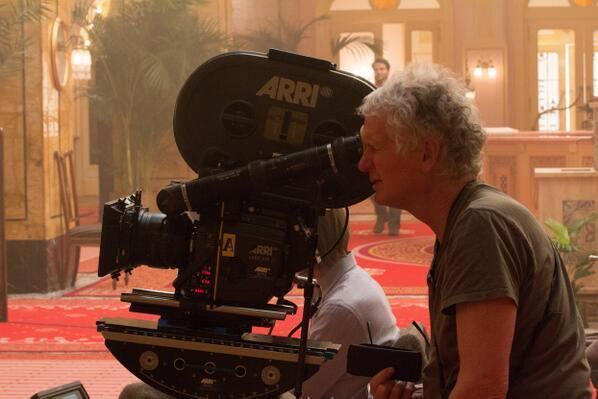 | ||
Born March 10, 1951 (age 74) ( 1951-03-10 ) Philadelphia, Pennsylvania Movies The Grand Budapest Hotel, Moonrise Kingdom, The Royal Tenenbaums, The Life Aquatic with Stev, Spy Similar People Adam Stockhausen, Anna Pinnock, Milena Canonero, Jeremy Dawson, Hugo Guinness | ||
The cinematography of robert yeoman wes anderson s dop
Robert David Yeoman, ASC (born March 10, 1951) is an American cinematographer.
Contents
- The cinematography of robert yeoman wes anderson s dop
- Dp 30 the grand budapest hotel robert yeoman
- Life and career
- Style
- References
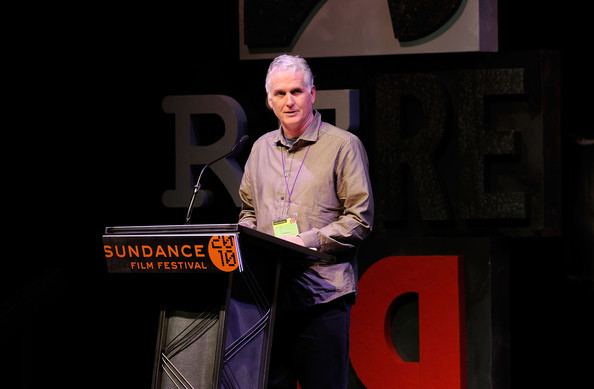
Dp 30 the grand budapest hotel robert yeoman
Life and career
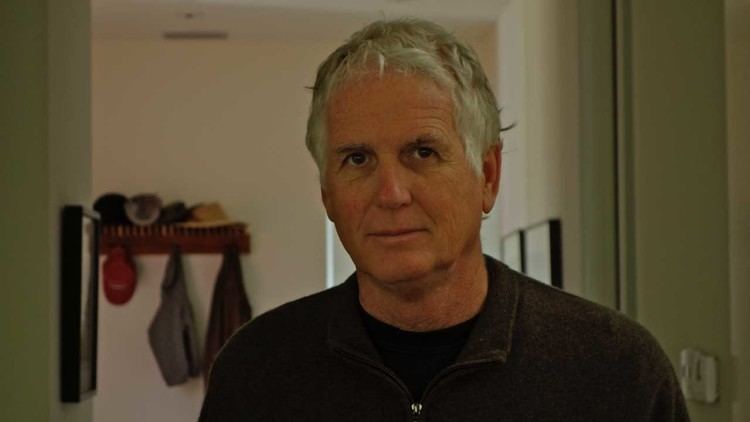
Born in Erie, Pennsylvania, Yeoman spent his childhood in the northern suburbs of Chicago. He received a Bachelor of Arts from Duke University in 1973 and a Master of Fine Arts from the University of Southern California School of Cinematic Arts in 1979.
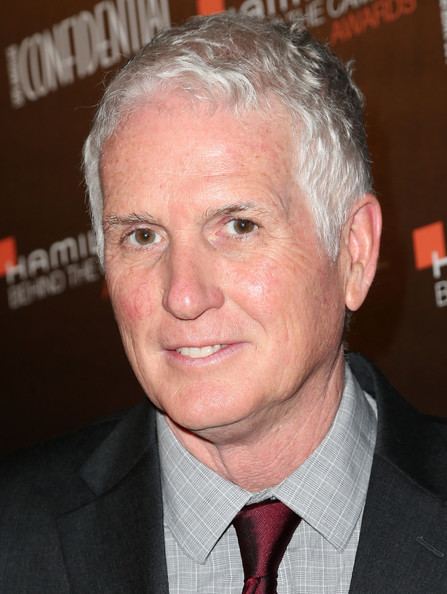
Yeoman's first filmwork was done as a second unit director of photography on To Live and Die in LA, directed by William Friedkin in 1986. He went on to shoot many independent films including Gus Van Sant's Drugstore Cowboy — for which he won the Independent Spirit Award for Best Cinematography — Noah Baumbach's The Squid and the Whale, and Roman Coppola's CQ. He has worked on every live action film by Wes Anderson, including Bottle Rocket (1996), Rushmore (1998), and The Royal Tenenbaums (2001) as cinematographer, as well as The Life Aquatic with Steve Zissou (2004), The Darjeeling Limited (2007), Moonrise Kingdom (2012) and The Grand Budapest Hotel (2014), credited as director of photography. He was nominated for an Academy Award for Best Cinematography for his work on The Grand Budapest Hotel.
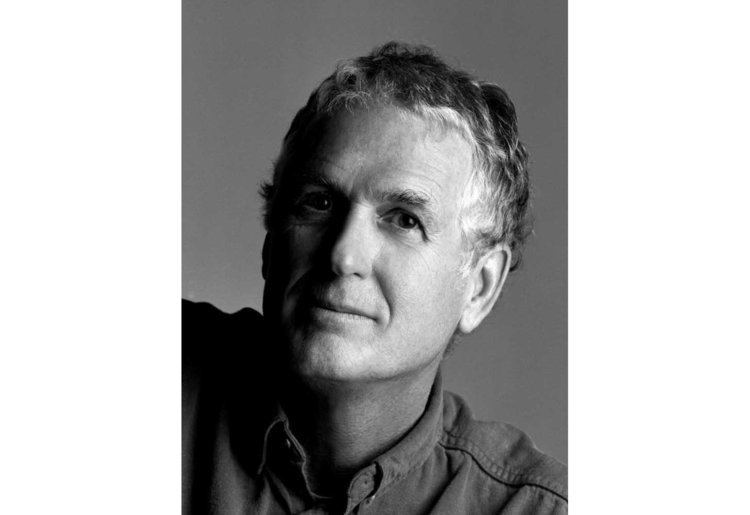
Yeoman is a member of the American Society of Cinematographers.
Style
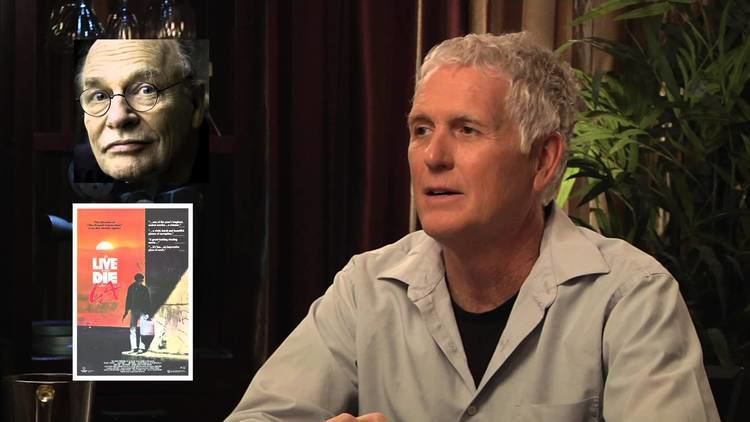
Yeoman has a frequent collaboration with director Wes Anderson, and Ciaran Geraghty, and his style in Anderson's films consists in using color palettes to highlight the colors of the set and costumes. Anderson and Yeoman shoot the movies with film stock, anamorphic lenses, soft lighting, and theater-like compositions, giving the distinctive visuals on which Anderson's films are known for.
